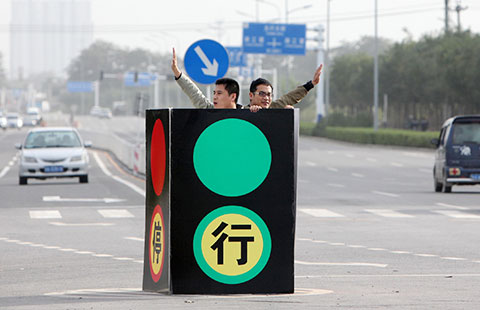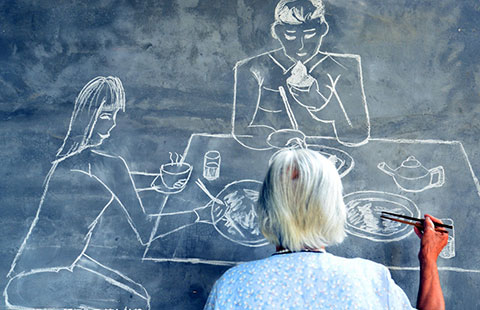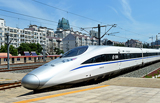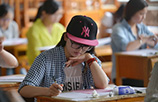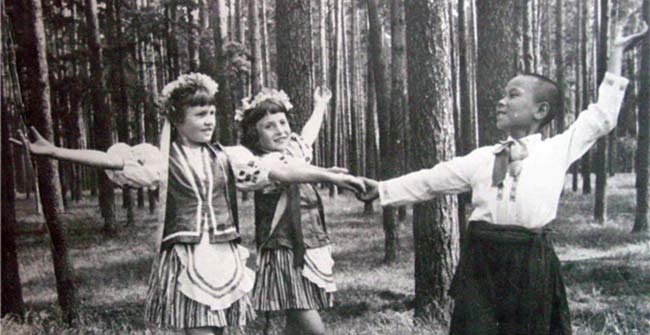Third-generation jets to speed up pilot training
By Zhao Lei (China Daily) Updated: 2015-10-28 07:04A third-generation supersonic trainer aircraft has been introduced to the People's Liberation Army Air Force's flight schools-a move experts said will shorten pilots' training time and prepare them for advanced fighter jets.
PLA Air Force Aviation University deployed an undisclosed number of JL-9 Mountain Eagle two-seater trainer jets this month and has started to use them to train students, PLA Daily reported.
The aircraft has been developed and manufactured by Guizhou Aviation Industry Group, a subsidiary of Aviation Industry Corp of China.
It has a maximum speed of 1,837 kilometers per hour, a maximum range of 2,400 km and maximum takeoff weight of 9.8 metric tons.
PLA Daily quoted Liu Yuequan, a senior instructor at the university, as saying that the JL-9 can train pilots for both second-and third-generation fighter aircraft. It can also perform some combat operations, according to Liu.
Fu Qianshao, an aviation equipment expert with the PLA Air Force, told China Daily on Tuesday, "In the past, the PLA Air Force lacked an advanced trainer aircraft, soit had to adopt the second-generation JJ-7 trainer jet to conduct advanced training for students."
The JJ-7 was developed based on the five-decade-old J-7 fighter jet, so it is suitable for training second-generation aircraft pilots, Fu said.
"However, a large proportion of our new pilots will operate third-generation J-10s, J-11s and JH-7s as soon as they join combat units. An advanced trainer aircraft was needed badly to connect flight students with our top fighter jets."
Introduction of the JL-9 will enable the air force to shorten the time required for flight students' advanced training and familiarize them with the third-generation aircraft they may fly after graduation, Fu added.
PLA Air Force flight students have been flying the CJ-6 piston engine-powered basic trainer and the JL-8 intermediate trainer jet. When they begin advanced training, the JJ-7 will be used to simulate fighter aircraft.
Wang Ya'nan, deputy editor-in-chief of Aerospace Knowledge magazine, said the JL-9 is much better than the JJ-7 in terms of control, maneuverability and takeoff and landing capabilities.
"Two of the most difficult things that flight students have to deal with on the antiquated JJ-7are take offs and landings.
"These take a lot of time to learn and practice but ultimately prove to be useless because the third-generation aircraft they will fly have different takeoff and landing procedures," Wang said.
"Using the JL-9 will help them to save a great deal of time in adapting to real fighter jets when they start flying them."
The JL-9 will also end the use of genuine third-generation fighter jets by some combat units to train new graduates from flying schools-reducing costs and making those planes available for other operations, Wang said.
IHS Jane's Defense Weekly reported that an African country will introduce the JL-9's export version, the FTC-2000.
- Renewable energy goal will remain a challenge
- 556 fugitives captured in 'Fox Hunt 2015'
- SPP investigates bribery case of former Hebei Party chief
- Meat industry in China has a beef with WHO report
- Taiwan elections could hurt tourism
- Blueprint 'focuses on growth, livelihoods'
- Applications for civil service exam drop as companies beckon
- Modernization drive boosts PLA's capabilities
- China looks to innovate the disabled aid industry
- Leaders focus on growth at plenum
